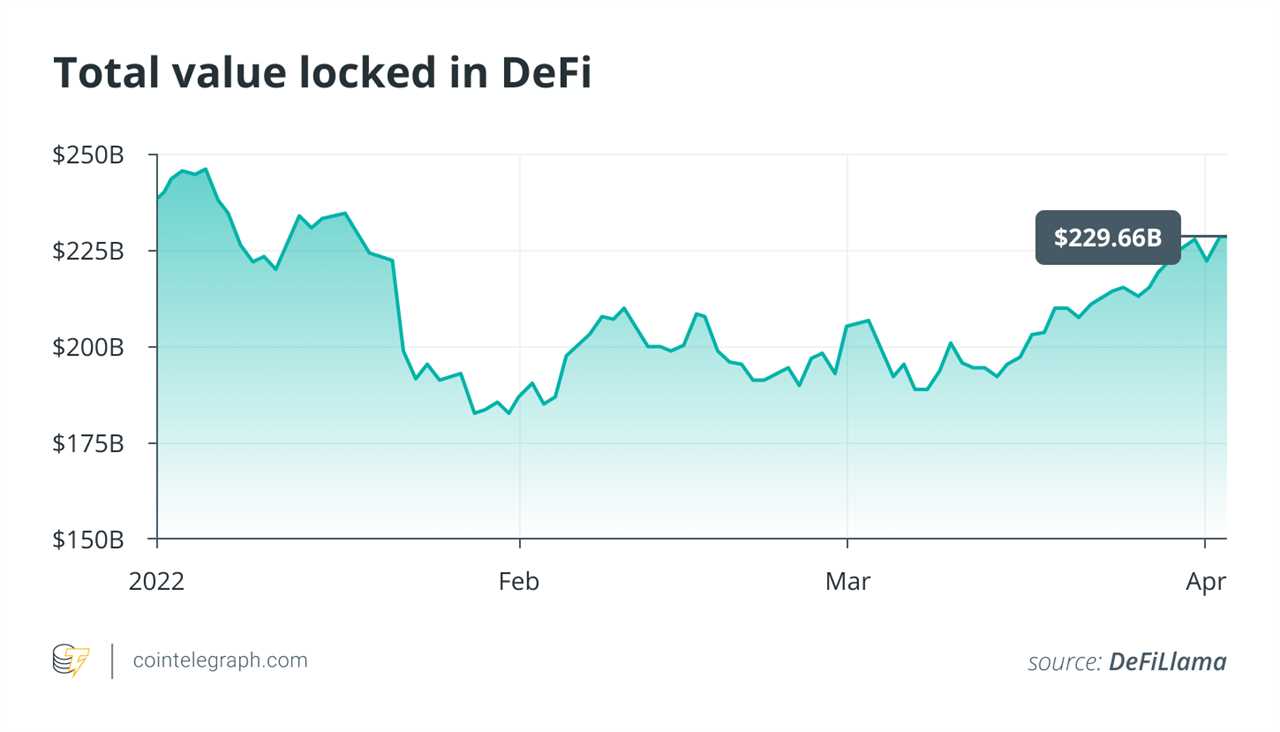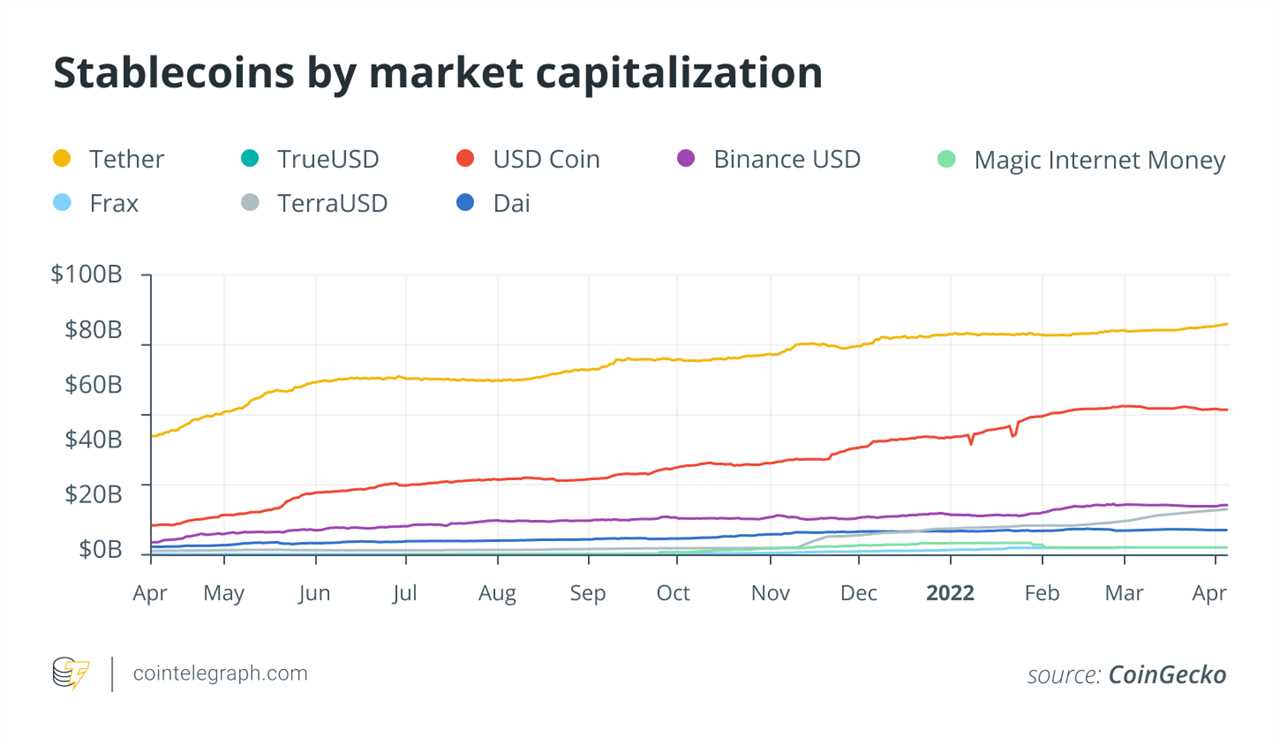
In his monthly crypto tech column, Israeli serial entrepreneur Ariel Shapira covers emerging technologies within the crypto, decentralized finance and blockchain space, as well as their roles in shaping the economy of the 21st century.
Traditional finance experts are warming up to the idea of crypto, but outlandish headlines of record-breaking hacks and overhyped projects don’t necessarily reverse its bad rap. Unfortunately, we’ve seen the total value locked in decentralized finance (DeFi) recently nosedive, which isn’t exactly helpful in changing skeptic’s minds.

While crypto is much more than its lows, those in the centralized finance (CeFi) space aren’t necessarily jumping to accept this idea at face value. To alleviate their qualms, projects should integrate tried and true CeFi qualities with more novel practices. This will allow neophytes to dip their toes in the DeFi world as a trial run — and expand the usability of the financial instruments to a whole new level.
Picking up CeFi’s slack
Many worry about crypto’s volatility, specifically fearing that it is not backed by anything tangible like gold and believing that crypto will lose value over time. This likely comes from the comfort and familiarity of fiat, which technically isn’t backed by anything tangible either since the end of the gold standard, but has the backing of a trusted centralized entity.
These fears perfectly encapsulate how the cross section of DeFi’s and CeFi’s respective strengths can ease investor uncertainty to usher in a new class of people into the crypto sphere.
Tokenization of commodities enables blockchain-based ownership of a physical asset, which is essentially just a decentralized version of an already-existing practice in traditional finance. Tokenized precious metals are somewhat similar conceptually to a share in a gold exchange-traded fund (ETF), as they represent the investor’s stake in physical gold stored elsewhere and largely work toward the same purpose. Projects like VNX offer digital ownership of tokenized commodities that are backed by physical assets including gold, giving the investor the same benefits as investing in physical gold but have the versatility of a crypto asset on top of that.
Related: Understanding the systemic shift from digitization to tokenization of financial services
Stablecoins are also a viable option, allowing investors to reap the benefits of decentralization while maintaining the security of traditional finance. Backing from fiat and other real-world assets removes the common fear that crypto has no basis. Stablecoins like TrustToken (TUSD) grant investors more certainty and flexibility, lowering the stakes for any user by enabling easy redeeming of their funds at any given moment. While no investor would expect a stablecoin to shoot up Bitcoin- (BTC)-style — the “stable” part in the name should hint at that — they are still a viable option for storing one’s funds. Investors can use their on-chain fiat in various DeFi earning protocols, securing higher annual percentage rates (APRs) than a bank would offer on a regular deposit. This, again, makes for an upgrade for an otherwise the most traditional asset of them all.

These types of projects essentially offer DeFi services to traditional financiers on a silver platter, working as a novel wrap for financial instruments that they already trust. This is what makes them perfect for those who have their qualms or uncertainties — they can get a feel for crypto products and see the benefits of decentralization first-hand while not straying too far from what is familiar. This will help them realize that crypto is not as bad as headlines make them out to be or as scary as they may have previously thought.
Related: The battle between DeFi, CeFi and the old guard
Meeting in the middle
These projects indicate how CeFi’s strong suits can be applied to blockchain-based solutions for a more well-rounded and holistic experience, especially for newer users.
As Bitcoin’s movements mirror those of the stock market more and more, we can see that the differences between these two financial ecosystems are not as vast as many believe. This has been interesting to monitor, especially as some suggest that the slim contrasts between crypto and fiat make crypto and DeFi unnecessary for institutional investors.
However, numerous cases clearly outline why decentralized finance can be a saving grace. Even if we take a look at Russia’s recent invasion of Ukraine, it is clear how crypto changed the game for everyday citizens. The European Union cut multiple Russian banks from SWIFT, the global messaging system connecting financial institutions, essentially making any foriegn transactions significantly more complicated for them. However, many Russian citizens were able to control their finances through digital assets, as they are easy to transfer and highly liquid. Crypto can clearly come in handy when people least expect it, which is why doubters should test the waters now.
Related: The world has synchronized on Russian crypto sanctions
The practical uses of DeFi are becoming more apparent to the mainstream, which is benefiting the crypto industry as a whole. As people experience the benefits of crypto first-hand, the bad rap will slowly but surely fade away.
The projects that mesh qualities of both traditional and decentralized finance give investors the luxury of easing their way into DeFi. Such products can lead DeFi down the path to full-blown adoption. Investors can dip their toes as they please without worrying about extreme market volatility and uncertainty.
This article does not contain investment advice or recommendations. Every investment and trading move involves risk, and readers should conduct their own research when making a decision.
Title: DeFi can breathe new life into traditional assets
Sourced From: cointelegraph.com/news/defi-can-breathe-new-life-into-traditional-assets
Published Date: Wed, 06 Apr 2022 15:37:00 +0100






